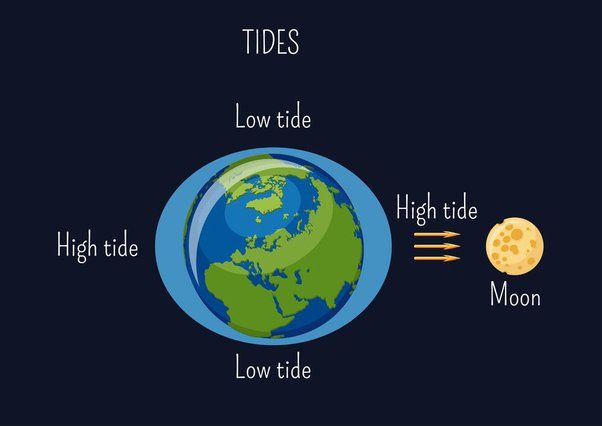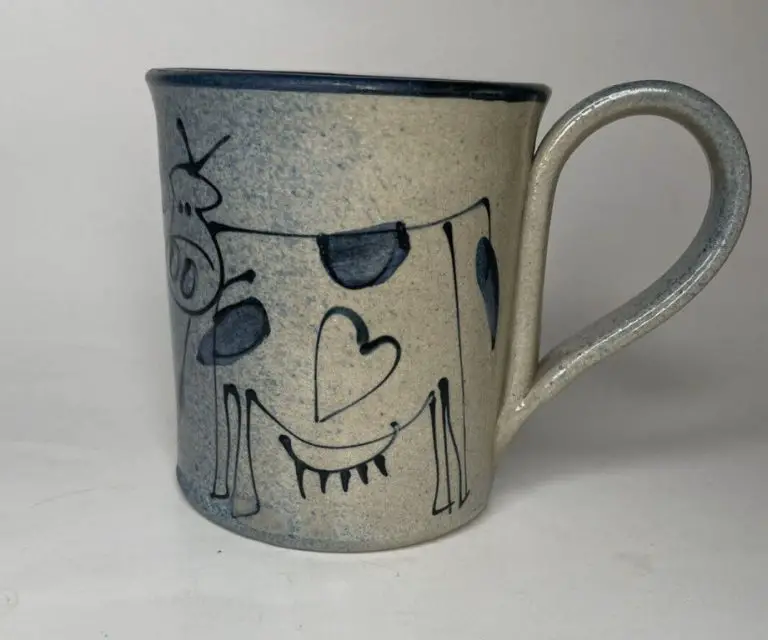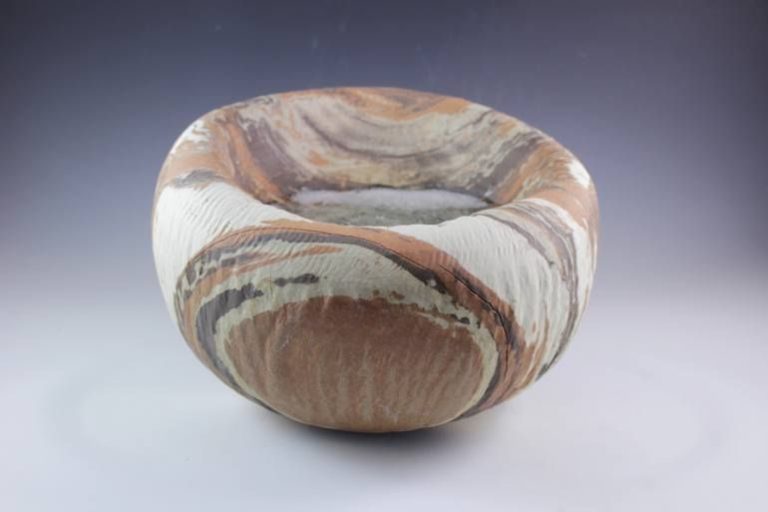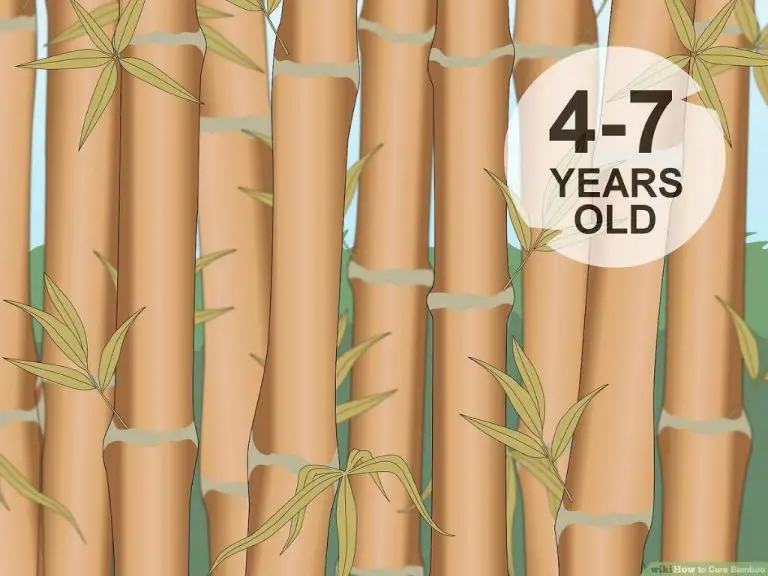What Is Moulding Clay Made Of?
Modeling clay is a type of clay that is primarily used for sculpting and mold making. It is a malleable substance that hardens when it dries but remains plastic when wet. Modeling clay is made from different types of clays and other additives that provide texture and elasticity. It comes in various colors and allows for sculpting as well as creative endeavors. It does not require baking or firing and is easy to reuse over and over again. The most common types of modeling clays are oil-based and polymer clay. Each has unique sculpting properties suitable for different projects and crafts. With an interesting history and versatility, modeling clay continues to be a popular art and crafting medium.
History
Modeling clay has been used by humans for thousands of years. The earliest known examples come from ancient Mesopotamia around 3,000 BCE. Archeologists have found small clay animal and human figurines from this region made using an early form of modeling clay.
Clay for pottery making during ancient times was refined and processed to remove impurities and control its properties, creating modeling-type clay. This allowed artisans to shape small sculptures, tiles, and decorations by hand. The methods for purifying and working with clay evolved over centuries as pottery and ceramic arts spread around the world.
By the 1800s, manufacturers developed techniques to produce refined modeling clay in large quantities. New additives were used to control dryness, stickiness, and coloring. This led to modeling clay being produced commercially and sold as a product for artists and hobbyists by the early 1900s.
Types of Modeling Clay
There are three main types of modeling clay: oil-based clay, water-based clay, and polymer clay.
Oil-Based Clay
Oil-based clay, also known as plasticine, is made from a non-drying putty composed of oils, waxes, and clay. It maintains its workability and softness indefinitely. Oil-based clays are popular for clay animation and detailed sculpting. Brands such as Plasticine and Van Aken Plastilina are common types of oil-based modeling clay.
Water-Based Clay
Water-based clay is made from natural earth clays mixed with water to create a soft, pliable material. It air dries naturally over time, making it great for projects that require sturdiness once complete. Water-based clays can also be fired in a kiln. Popular brands include Pottery Clay and Model Magic.
Polymer Clay
Polymer clay is made from polyvinyl chloride (PVC) mixed with plasticizers and coloring. It cures when baked in an oven, hardening permanently without shrinking or cracking. Polymer clay enables detailed sculpting and doesn’t dry out when not being used. Well-known brands such as Sculpey and Fimo are types of polymer modeling clay.
Oil-based Clay
Oil-based clays, also known as plasticine, are made from petroleum oil mixed with waxes. The oils keep the clay soft and pliable, while the waxes provide structure and prevent the clay from sticking to surfaces. Some of the most popular brands of oil-based clays include Plasticine, Van Aken Plastalina, and Roma Plastilina.
The clay consists of long hydrocarbon chains that provide plasticity. The wax, usually paraffin, helps harden the material when left unused. Oil-based clays do not harden significantly when left in the air, allowing sculptures to remain workable for long periods of time.
A major advantage of oil-based clays is that they do not dry out, so they can be reused indefinitely. The clay remains smooth and easy to shape. It also does not stain hands or clothing. However, oil-based clays are limited in their color range compared to polymer clays.
Water-based Clay
Water-based clay is made from water and cellulose compounds extracted from plants. The main ingredients are water, plant cellulose derived from trees, and minerals. To create water-based clay, the plant fibers areground into a pulp and then mixed with water and minerals like alum, which helps harden the clay. The cellulose gives the clay its moldable texture. Water comprises about 25% to 30% of water-based clays. The amount of water determines the clay’s plasticity and stiffness. More water makes a more flexible and moist clay. Less water creates a stiffer clay good for sculpting fine details and shaping pottery. Some famous water-based clays are Magic Clay, Play Clay, Model Magic and Make Clay. These clays are non-toxic, reusable when kept moist, and specially formulated for creativity and play.
Polymer Clay
Polymer clay is made from polyvinyl chloride (PVC) mixed with plasticizers and coloring. The PVC provides structure, while the plasticizers make the clay flexible and workable. Some of the most common plasticizers used in polymer clay are dioctyl phthalate (DOP) and dimethyl, diethyl, and dibutyl phthalate (DMEP). Polymer clay contains no water, so it does not dry out like other clays. It remains malleable even after being conditioned and shaped. Polymer clay must be baked at relatively low temperatures (typically 130°C to 140°C) to cure and harden it. The curing process causes the plasticizers to cross-link the PVC particles, turning the clay into a strong, solid plastic. Polymer clay is available in various colors and can be mixed together to create custom hues and effects. It’s an extremely versatile material used to make jewelry, figurines, dollhouse miniatures, and many other decorative items.
Texture
Clay comes in a variety of textures, from smooth to coarse. The texture is determined by the size and shape of the clay particles. Here are some of the main clay textures:
- Smooth – Smooth clays contain very fine particles that give the clay a silk-like feel. Smooth clays are great for sculpting delicate details.
- Soft – Soft clays are flexible and malleable. They are made of tiny particles that compress easily. Soft clays are good for modeling figures and shapes.
- Firm – Firm clays hold their shape well without getting too stiff. They provide enough resistance for detailed sculpting work.
The desired texture depends on the type of sculpting or modeling you want to do. Smooth clays work best for figures while firm clays are preferred for construction projects. Experimenting with different clay textures allows you to find the right fit for your creative needs.
Colors
Molding clay comes in a wide variety of colors for creative flexibility. Here are the main color types:
Natural
Naturally occurring clays have earthy, neutral tones like brown, tan, gray, and white. These allow sculptors to achieve a realistic, raw look. Natural clay is uncolored and unaltered.
Dyed
Some clays are dyed to achieve vibrant hues. Liquid dyes are mixed into the clay body before shaping it. Popular dyed colors include red, blue, green, yellow, orange, purple and pink.
Pigmented
Pigments can also be blended into the clay to create color. Pigments are powdered coloring agents made from minerals, plants, or synthetic materials. They come in vivid primaries, pastels, metallics, neons and more.
Uses of Modeling Clay
Modeling clay has many creative uses, especially for sculpting, molding, and craft projects. Here are some of the most popular uses of modeling clay:
Sculpting
One of the main uses of modeling clay is sculpting. The malleable texture makes it easy to sculpt clay into 3D sculptures, figures, shapes, and more. Sculptors appreciate how modeling clay can be shaped and molded by hand into intricate designs. Clay sculpting is done by artists, hobbyists, kids, and anyone who wants to work with a fun, flexible medium.
Crafts
Modeling clay is commonly used for arts and crafts. It can be rolled, cut, molded, stamped, etc. to make decorative crafts. Some ideas include making clay beads, ornaments, jewelry, figurines, pots, vases, bowls, and more. Polymer clay crafts can even be baked in a regular oven to harden them. Kids especially enjoy using modeling clay for DIY craft projects and creations.
Molding
Another use of modeling clay is to make molds and casts. The clay can be shaped into a custom mold, then casted with plaster, resin, concrete, etc. Some clays like polymer clay can even be used to make molds of other materials that can then be casted. Molding with clay allows creating reproducible casts and forms.
Conclusion
In conclusion, modeling clay is a versatile material used for arts, crafts, and design. The three main types – oil-based, water-based, and polymer clay – each have their own properties and uses. Oil-based clays like plasticine are smooth, non-drying, and reusable. Water-based clays contain water so they air-dry hard. Polymer clays require baking to harden and provide stability for more detailed modeling. Modeling clays come in a wide range of colors and textures to suit different projects. Their malleable yet shapeable nature makes them ideal for sculpting, mold-making, character design, jewelry, and more. With proper care, modeling clay can provide hours of creative fun while allowing artists to bring their imaginative ideas into tangible form.






